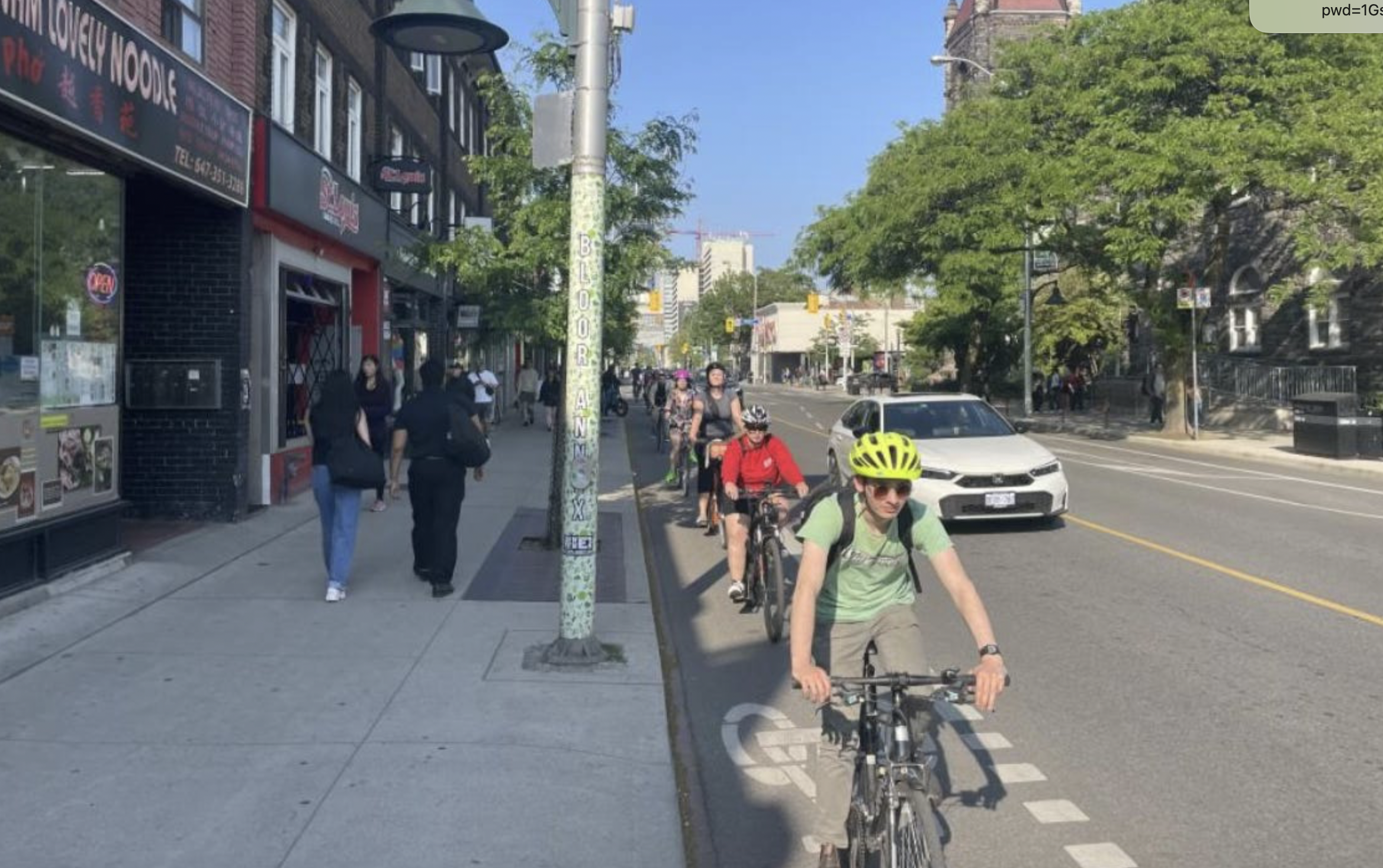Today on the Streetsblog Network, a couple of very thought-provoking posts.
First, Living Car-Free in BigD calls jaywalking an indicator of livability, connected to the idea of the woonerf, or shared street space. Car-Free's author notes how in his city -- where jaywalking is not the norm -- a good traffic day for pedestrians is one where the signals aren't working at all. That's when drivers are forced to negotiate each intersection as human beings rather than as machines:
Taking to the streets in Midtown Manhattan. (Photo: nydiscovery via Flickr)
Have you ever noticed how much safer and more polite Dallas drivers are
when traffic lights are out, operating as blinking reds and the drivers
are left to their own devices, responsible for their own safety.
Interesting how they begin to cooperate with other drivers, no? Well, I have noticed.Similarly,
four-way stops are drastically much safer than any other form of
regulated intersection. One reason is because of reduced speed in areas
where stop signs are utilized rather than signals. The other primary
contributive factor, is that (although not necessary due to literally
written protocol for who goes first at 4-way stops) there is a
necessary communication to some extent between the drivers: eye
contact, a slow roll to indicate that "I'm moving. Hold back buddy," maybe even a honk or two...or this.
Over at The Urbanophile, Aaron Renn takes on the always difficult topic of race in a post called "The White City." Renn writes about how Midwestern Rust Belt cities need to engage their African-American citizens in any move toward more progressive transportation policy, and that successful policy change must arise from the local community, no matter what color it is:
What's needed in places like the Rust Belt are a mixture of indigenoussolutions and imported ideas that are tailored to the local community.It can't just be trying to buy urban widgets from elsewhere like somesort of "public transit in a box" solution. The Midwest would do wellto consider developing an indigenous urban R&D program to mitigatethis.
Race aside, Renn has a point. What we see every day across the Streetsblog Network is the incredible variation in regional experience. What's right for Portland won't necessarily be right for Atlanta. What's exciting is that people around the country and the world are learning from each other as never before.





